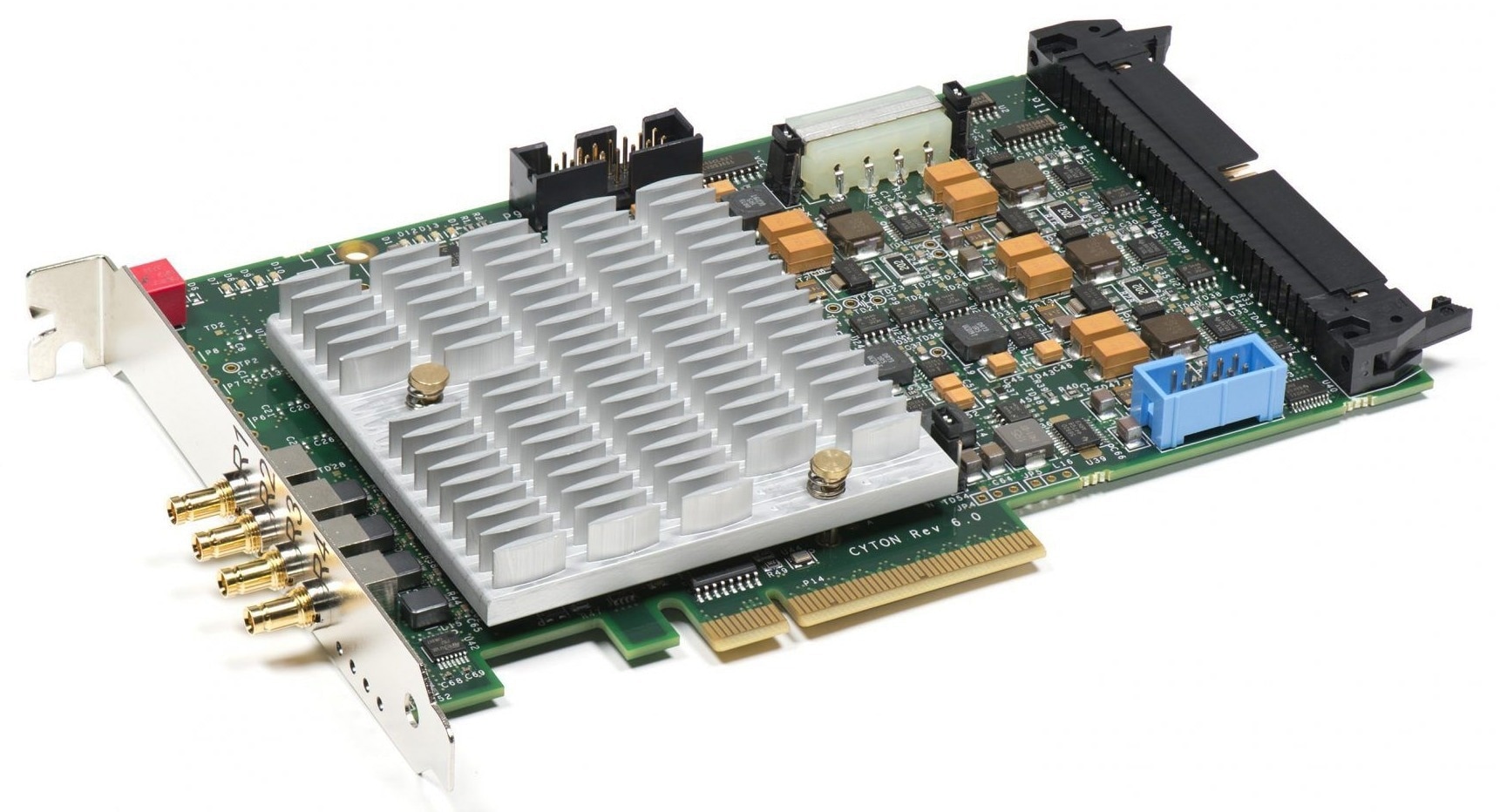Holographic imaging was invented approximately 70 years ago, and this unique wave-front reconstruction technique has since been improved thanks to advancements in imaging sensors and CPU resources. The original optical reconstruction process is now performed digitally — known as Digital Holography Microscopy (DHM) — and has proved to be a convenient method in phase contrast imaging for samples in biological and biomedical studies, forensic recognition, and MEMS vibration analysis, among other applications.
 BitFlow Cyton CXP Frame Grabber. Image Credit: BitFlow
BitFlow Cyton CXP Frame Grabber. Image Credit: BitFlow
DHM normally requires offline wave propagation and extensive post-processing calculations, which can be both time-consuming and costly. However, with a new system1 developed at Institut Langevin, an academic research institute in Paris, DHM can now be performed at high input and output throughputs using standard components.
The Institut Langevin system harnesses the imaging power of an Adimec Quartz 2MP CoaXPress camera and a Bitflow Cyton-CXP CoaXPress frame grabber, with rendering and processing performed with a Nvidia GTX Titan Xp card using Cuda 9. Holovibes, a versatile computational digital hologram rendering software, provides buffered image acquisition at high throughput, along with real-time computation of holograms from interferograms by angular spectrum propagation, and temporal analysis by short-time Fourier transform.
Experimental demonstrations of real-time image rendering were performed at the Institut Langevin with Mach-Zehnder interferometers employing single-frequency lasers at wavelengths of 780 nm, 532 nm, and 840 nm, and a tunable laser. Images were of the cerebral blood flow in mice. An input stream of digitized interferograms of 1024 × 1024 pixels (16-bit/pixel) grabbed by the BitFlow Cyton CXP at a throughput of 1.8 GB/sec was processed to form complex-valued holograms from which spectral components at approximately 100 Hz and 450 Hz were displayed. This same setup was applied for real-time computation and visualization of inline digital holograms of the anterior and posterior segments of a human eye from an input stream of 16-bit, 1024-by-512-pixel interferograms at a rate of 2000 frames per second (2GB/sec). The temporal signal demodulation of 32 consecutive holograms stacks was done by principal component analysis at a rate of 60 Hz. Both experiments proved highly successful.
In addition to enabling real-time hologram rendering for versatile measurements and monitoring, this system can be beneficial for supervised machine learning. It can create efficiently massive datasets of reconstructed holograms from digitized interferograms, which potentially could be used to train deep neural networks.
1 "Ultrahigh-throughput rendering of digital holograms", January 2018, Conference paper, Michael Atlan, Institut Langevin, French National Centre for Scientific Research